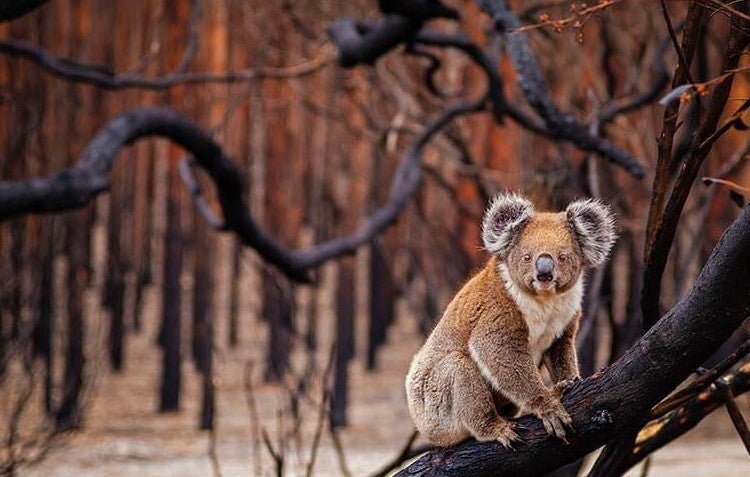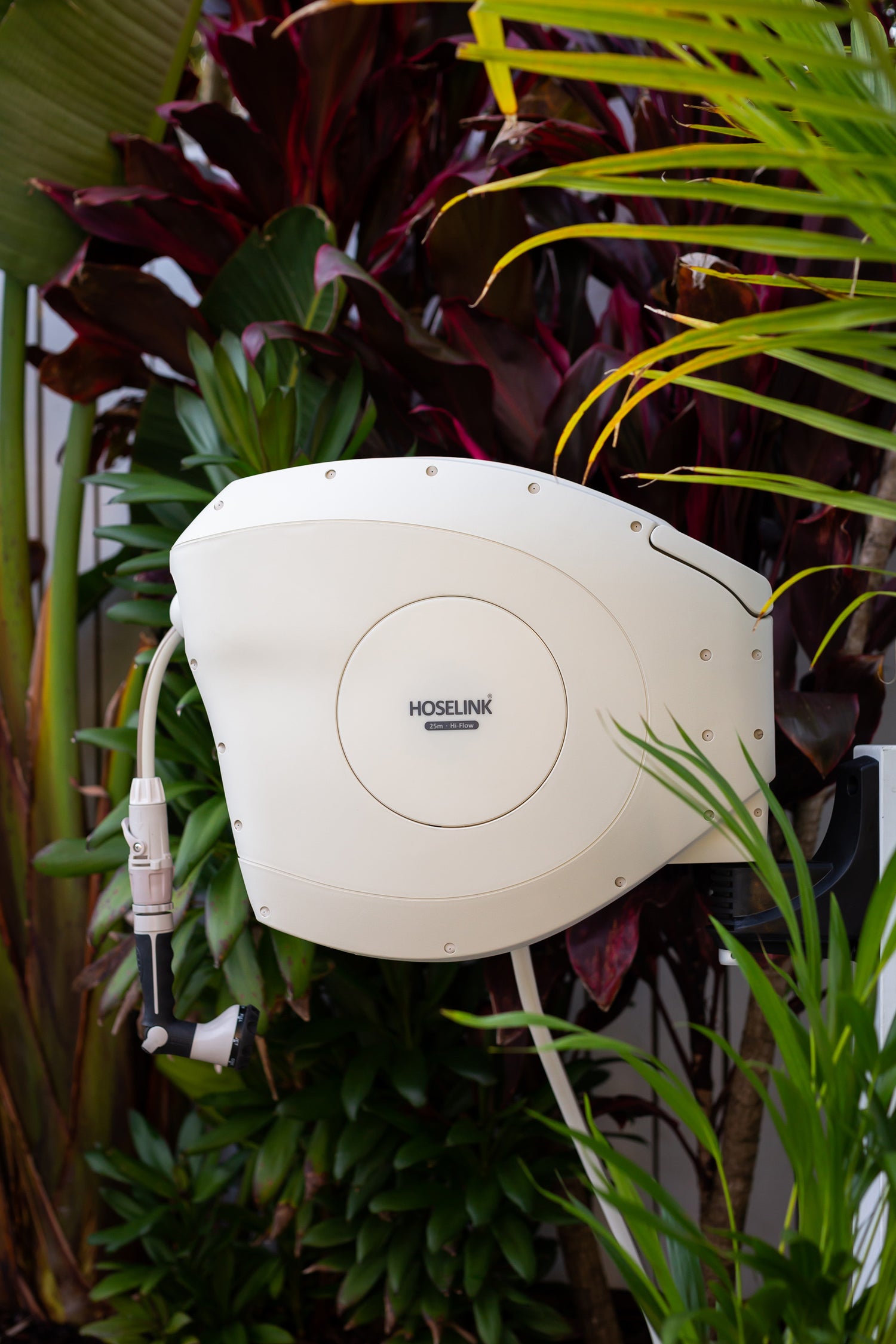About Threatened Species Day
The 7th September is no ordinary day. It gives us an opportunity to stop and reflect as, on that exact date in 1936, Australia’s Tasmanian tiger was officially recognised as extinct. Some 60 years later, in 1996, the Threatened Species Network founded by WWF Australia and the Australian Government’s Natural Heritage Trust established National Threatened Species Day to acknowledge and honour the death of the last Tasmanian tiger at Hobart Zoo.
National Threatened Species Day allows us to come together and emphasise and acknowledge the importance of all Australian native animal and plant species facing similar threats to their survival. It’s also marked as a reminder of how precious life on Earth is, and the behaviours and habits we must change to ensure we don’t make the same mistakes as in the past.

Why are threatened species important?
Australia currently has the worst mammal extinction rate in the world, and since European settlement, we’ve lost over 10% of our land mammal species. Today, most species enter the ‘threatened’ category due to habitat destruction and the invasion of non-native species. With effective management and a little effort from all of us, almost all threatened species can be protected.
Why should threatened species be promoted?
Providing people with information so they can understand the problems that cause plants and animals to become extinct allows them to recognise what they can do about it, so that collectively, we can manage threatened species in Australia. Being aware of how our actions can heighten the risk of species loss is what drives change at a community level. Extinctions aren’t a phenomenon we can wait around on, and it’s important to remember that there are no potions or quick fixes to erase the past. Once a species is gone, it’s gone forever.
Hoselink encourages everyone, no matter their age or occupation, to make a small effort to celebrate National Threatened Species Day and our wildlife. Read on to find out more about the species at risk and the ways you can participate and make a difference on this special day.

Threatened species day events and activities
With parts of Australia still in a COVID-19 lockdown, Threatened Species Day will be celebrated a little differently this year. Don’t fret though, there’s still plenty of ways to participate! You can get involved:
- Through the Seed Citizen Science Hub, you can take part in a variety of environmental initiatives and engage with other participants.
- Tune into NSW Gov’s live Brush-tailed Rock Wallaby Cam and join the live chat.
- Engage in a range of activities as a part of the ‘Help animals from home project’, which involves colouring-in activities, personality quizzes, and planting trees for our threatened wildlife. Great for families and kids to enjoy.
- Subscribe to the NSW Gov’s ‘Saving our species’ newsletter.
2019/20 bushfire impact
Given the challenges that COVID-19 has presented in recent times, we often forget that just a few months prior to the pandemic, Australia experienced its most devastating bushfire season in history during the 2019/20 summer. The impacts stretched far and wide with many communities affected and much of our wildlife lost. Sadly, the ramifications will be felt for years to come.
Up to 20 million hectares were incinerated, with 13 million of those hectares being forestry and bushland. 33 civilians were killed and over 3,000 homes were destroyed.
Shortly after the bushfires, the World Wide Fund for Nature (WWF) estimated that at the time, 1.3 billion animals had been killed. In July 2020, the WWF along with a number of scientists from various Australian universities, commissioned a report on the toll that the bushfires had had on Australian wildlife, and the results were shocking. Over three billion animals, which included several species of mammals, reptiles, birds, and frogs were killed or displaced, which was nearly three times the WWF’s original estimate.
With months having passed since the fires were put out, the focus has been shifted towards the road to recovery for our wildlife and the communities affected, as well as future-proofing Australia’s bushland for the hot summers that lie ahead.

How can I help?
WWF Australia currently accepts tax-deductible donations through their donation portal where are all funded are directly attributed to:
- The wildlife response - Working with the WWF’s partners to provide care and treatment for injured wildlife.
- Habitat restoration - Repairing forests and habitats that have been demolished and preventing future deforestation through its 'Towards Two Billion Trees' initiative.
Unfortunately, widespread destruction of Australia’s threatened species carries on at an extremely high rate due to the shortcomings of Australia’s national nature laws within the Environment Protection and Biodiversity Conservation Act 1999. More than 500 of Australia’s wildlife species are facing extinction, some of which include the black-flanked rock wallaby, western swamp tortoise and Australia’s worldwide favourite, koalas.
Australian species most at risk
Mountain pygmy possum
The mountain pygmy possum was at risk well before the 2019-20 summer bushfires, which wreaked havoc across its habitat in Kosciuszko National Park, NSW. Reliant on the bogong moth as a source of food, this tiny possum is one of Australia's most unique and peculiar animals.

Kangaroo Island echidna
The subspecies of an Australian icon, much of this echidna's range was also destroyed in the 2019-20 summer bushfires. Miraculously, echidnas managed themselves through the bushfires much more adeptly than other species as they were able to dig down and protect themselves in a burrow, while dirt and grass running through the spines provided insulation from the blaze.

Koala
Across all states, populations of this Aussie icon have sadly declined, with deforestation and now bushfires destroying much of the koala’s former habitat. Following a herculean effort by wildlife rescue workers to help koalas that had survived, we must ensure a strong a plan is in place to guarantee a healthier future for their species.

Other ways to help Australian wildlife
Giving our local wildlife a helping hand will be essential to ensuring a safe and healthy future for our beloved wildlife. Check below for a few simple things you can do to help out.
Water
Leave out bowls and buckets of water for animals to drink from. Position sticks and rocks under the water to assist the animals should they jump or fall in. Keep the water fresh and change once a day, as well as placing it near shrubs and trees to keep them close to their natural environment.

Food
Although wildlife should never become dependent on you as a food source, providing supplementary food can help, especially for an injured animal. Feeders can be attached to trees, which can hold things like apples, bird feed or worms.
Plant trees
More important than any other factor, we must ensure our wildlife have places to call home. You can contribute by planting a tree in your own backyard or having potted shrubs on your patio or balcony. If space is an issue, you can sponsor a tree through the WWF’s ‘Towards Two Billion Trees’ initiative.

Start a community fundraising event
Although it’s a little tough in times like these, if we’ve learnt anything from Zoom and Skype calls it’s that meaningful social events can take place from the comfort of home. A small event like a trivia night can have a big impact and generate much-needed funds that bring the community together remotely.
Support ‘Cans for Koalas’
TOMRA has recently launched a national recycling appeal called ‘Cans for Koalas’ to provide Australians with the opportunity to donate their empty drink bottles and cans to help deliver ongoing care and recovery to our wildlife. Learn more here.










